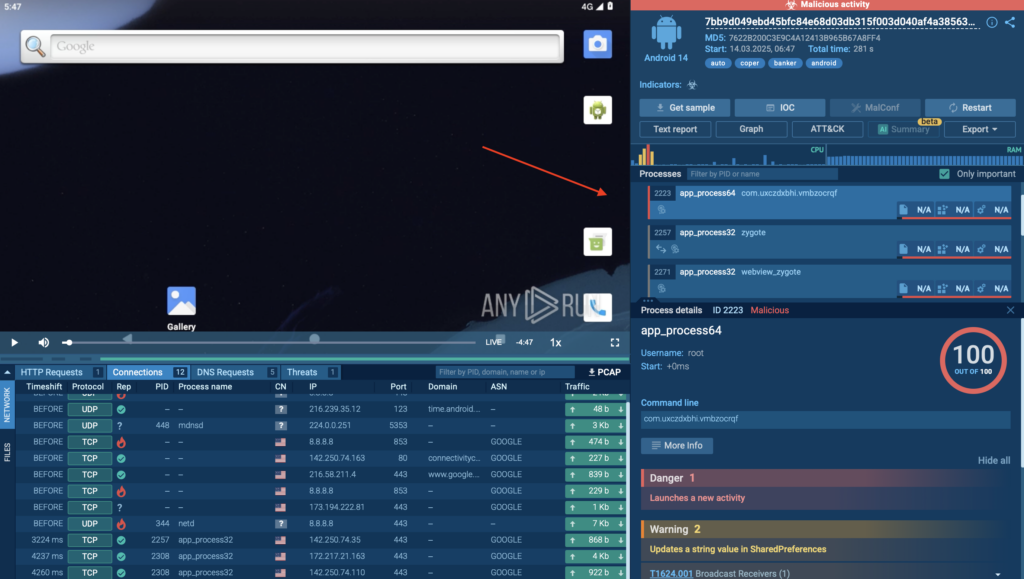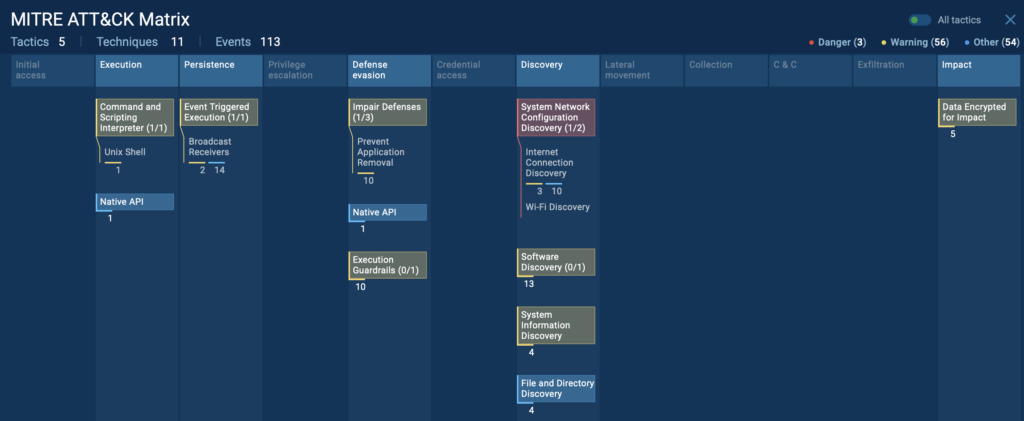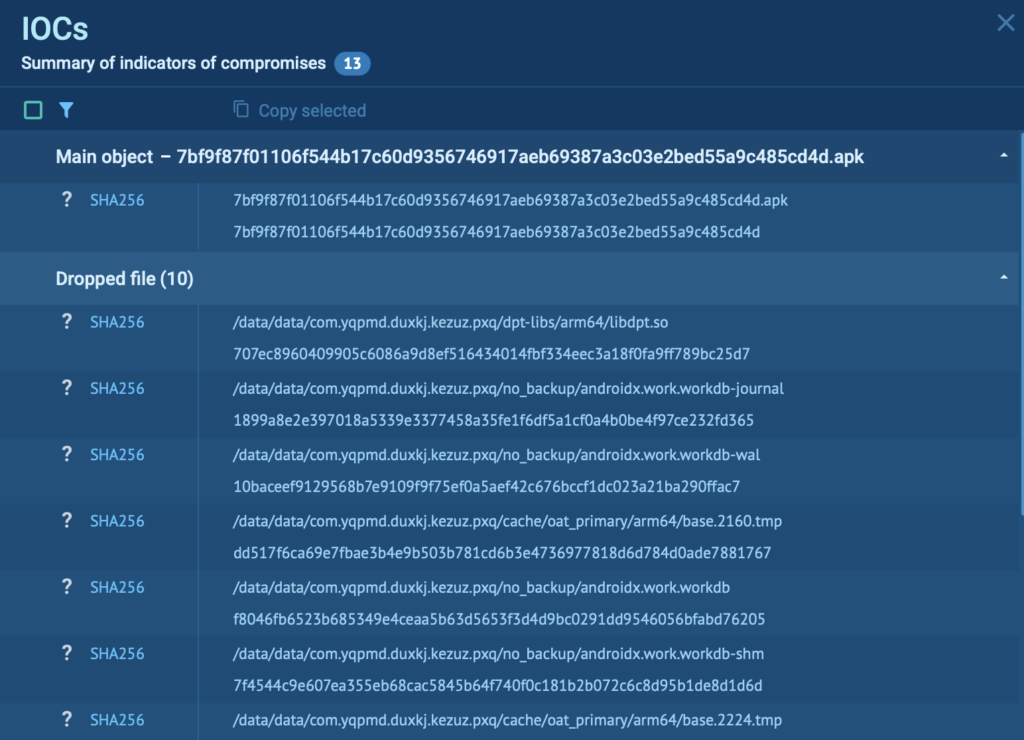The best private browser in 2025: where to flee from Chrome, Edge, and Firefox | Kaspersky official blog
Over the past few weeks, there’s been a series of unpleasant news items on advertising and user privacy in with regard to every major browser developer — except Apple: Google allowing ad tracking through digital fingerprinting; powerful ad blockers ceasing to work in both Edge and Chrome, and Mozilla revising its license agreement seemingly showing far more interest in user data than it used to. What does each of these new developments mean, and how can we now achieve a high level of privacy?
Google greenlights tracking fingerprints
Driven by regulators and user pressure, the internet giant spent years working on ways to track ad performance and deliver relevant ads without using the outdated and much-hated tracking methods: third-party cookies and browser fingerprinting. Google proposed FLoC, Ad Topics, and Privacy Sandbox as replacements, but they’ve probably have fallen short of the target. Therefore, the company backtracked on removing support for third-party cookies from Chrome. Meanwhile, Google’s ad network, the world’s most expansive, has allowed the collection of digital fingerprint data — including the user’s IP address — when displaying ads, as of February 2025. What this implies is that user browsers can be identified irrespective of cookie settings, incognito mode, or similar privacy measures. Digital fingerprinting is highly precise, and altering or disabling a fingerprint is a challenge.
Chrome and Edge pull the plug on extensions that block ads and tracking
Chrome is based on the open-source Chromium browser, which is fully financed by Google. You could say that Chrome is Chromium with Google services built into it, but dozens of other browsers — including Edge and Opera — are also based on Chromium.
Chromium developers have been gradually transitioning the browser extension platform from the Manifest V2 framework to the new Manifest V3 for years. The platform consists of several components, but the most important is the complete list of functions and capabilities provided to the extension by the browser.
V3 has several advantages, but it also cuts Chrome/Edge/Opera/Vivaldi extensions off from certain useful features that are vital for content blockers. Although popular plug-ins such as uBlock Origin and Adblock Plus already have a Manifest V3 implementation, only the V2 version does a good of job blocking ads.
The Chrome Web Store has long stopped approving extensions based on Manifest V2. Since late fall of 2024, new versions of Chrome first started displaying warnings that installed Manifest V2 extensions had to be disabled, and then began to deactivate them automatically. The user can still re-enable them, but it obviously won’t last long.
Microsoft Edge was caught doing the same thing in February. If Google’s current plan holds, even enterprise Chrome users will see Manifest V2 extensions shut down by June 2025, which likely will be followed by Manifest V2 support pulled entirely from Chromium.
What are the developers of dozens of Chromium-based browsers going to do? Well, they’ll inevitably have to kill Manifest V2 support. And without it, your favorite ad blockers and privacy enhancers will stop working.
Mozilla sets its sights on the ad market, too
The non-profit Mozilla Foundation and its subsidiary Mozilla Corporation have always been in an awkward position, as their main source of income was partnerships with search engines — primarily Google. The current Mozilla management mainly consists of alumni from companies like Meta and eBay, which mainly rely on advertising for their revenue. It’s hardly surprising that as of late, Firefox development updates have increasingly angered fans of the browser’s privacy features.
Since version 128, Firefox has incorporated the Privacy-Preserving Attribution (PPA) system, which it’s testing in partnership with Facebook. And at the end of February 2025, the following notice appeared in the updated Firefox Terms of Use: “When you upload or input information through Firefox, you hereby grant us a nonexclusive, royalty-free, worldwide license to use that information to help you navigate, experience, and interact with online content as you indicate with your use of Firefox”.
Users were furious. They interpreted this clause as explicit permission to resell their data and introduce other forms of tracking. Under public pressure, Mozilla amended the language to “You give Mozilla the rights necessary to operate Firefox”. The company’s argument that it had merely codified something the browser was already doing — and actually always had — left users unconvinced. After all, suspicious changes also occurred in other parts of the FAQ: for example, clauses that promised Firefox would never sell data to advertisers were removed.
That said, there were no actual changes to any of the browser’s relevant functionality. So it’s still safe to use Firefox for the time being. However, keep a close eye on any new features in each update. Consider disabling them or looking for an alternative to Firefox. If you want to be the first to know, subscribe to our blog, or follow our Telegram channel.
Nothing changes with Apple’s Safari
The vast majority of Apple users use the stock Safari browser, based on the WebKit engine. It has its own extension system — available through the App Store and utilizing Apple’s special mechanisms for blocking content in the browser. While Safari might miss out on the most powerful extensions like uBlock Origin and NoScript, robust day-to-day tools for blocking ads and tracking are available both in the form of Safari’s standard settings and extensions such as Ghostery.
Apple continues to emphasize privacy as its key differentiator from other platforms, so no alarming concessions to the advertising industry have been observed in Safari. Unfortunately, although you can still install this browser on Windows, it stopped updating back in 2010, so Windows users face a tough choice in the next section…
The best browser for privacy protection in 2025
Starting in June, the popular browsers Chrome and Edge will become largely ineffective for privacy-minded users — no matter what extensions or settings they may have used. The same is true for most other Chromium-based browsers.
As for Firefox, despite Mozilla’s dubious statements, the browser still supports Manifest V2 extensions, and the developers have said they’d maintain this support for the foreseeable future. Still, if you want to stop worrying about controversial features like “attribution” being turned on semi-covertly, you could always migrate to a browser that uses the Firefox source code but is more focused on keeping things private. The main options here are Tor Browser, and popular Firefox forks such as Waterfox and LibreWolf.
Despite its “dark-web browser” image, Tor Browser is also perfectly suitable for viewing ordinary websites — although its default privacy settings are so stringent they can cause many websites to display oddly or be partially non-functional. This is easy to fix by switching the cookie and script settings to a less paranoid mode.
Waterfox is a reasonable middle-of-the-road between Firefox and Tor Browser: no developer telemetry, no built-in services like Pocket, and Firefox ESRs (extended support releases) are used as the source code. The downsides include a small development team, so Waterfox lags behind Mozilla in terms of security patches (although not by much).
Focused on privacy, LibreWolf is positioned as Firefox without all the extras. The browser never “calls home” (it excludes all types of manufacturer reports and telemetry), and it features the popular ad blocker uBlock Origin out of the box. LibreWolf closely follows Firefox in terms of updates, and it’s available on Windows, macOS, and several flavors of Linux.
The Chromium-based Brave browser, which has built-in privacy tools even before you add any extensions, remains a popular option. Its developers have pledged to keep a number of key Manifest V2 extensions on life support: AdGuard AdBlocker, NoScript, uBlock Origin, and uMatrix. However, Brave has several controversial extras, such as a built-in crypto wallet and an AI assistant named “Leo”.
In short, there’s no such thing as a perfect browser, but if you try ranking these options from the most private but least user-friendly to the easiest to use but still private, your chart should look like this: Tor Browser, LibreWolf, Waterfox, Brave, and Firefox.
Any browser, except Tor and LibreWolf, will require a secure configuration and a couple of the aforementioned extensions to block trackers and scripts for maximum privacy.
In Brave and Firefox, you can also enable “Tell websites not to sell or share my data” — a feature established under the new Global Privacy Control initiative. Certain jurisdictions, such as the European Union, the United Kingdom, California, Colorado, and Connecticut, legally require websites to respect this flag, but this safeguard is administrative rather than technical in nature.
Your easiest option, and one that significantly enhances online privacy when using any browser, is installing a Kaspersky security solution for home users and activating Private Browsing. By default, the feature runs in detection mode only, without blocking anything: it detects, counts, and logs attempts at collecting data. If you activate blocking mode, data collection is blocked by default on all sites, with the following exceptions:
- webites you’ve added as exclusions
- Kaspersky and its partner websites
- websites that we know may be rendered inoperable as a result of tracking services being blocked
You can still configure the component to block data collection on the above sites too. Private Browsing has certain limitations. You can manage it both from the Kaspersky application and using the Kaspersky Protection extension for most browsers.
Want to learn more about how browsers track your activity and how to minimize this tracking? More on the topic:
Kaspersky official blog – Read More


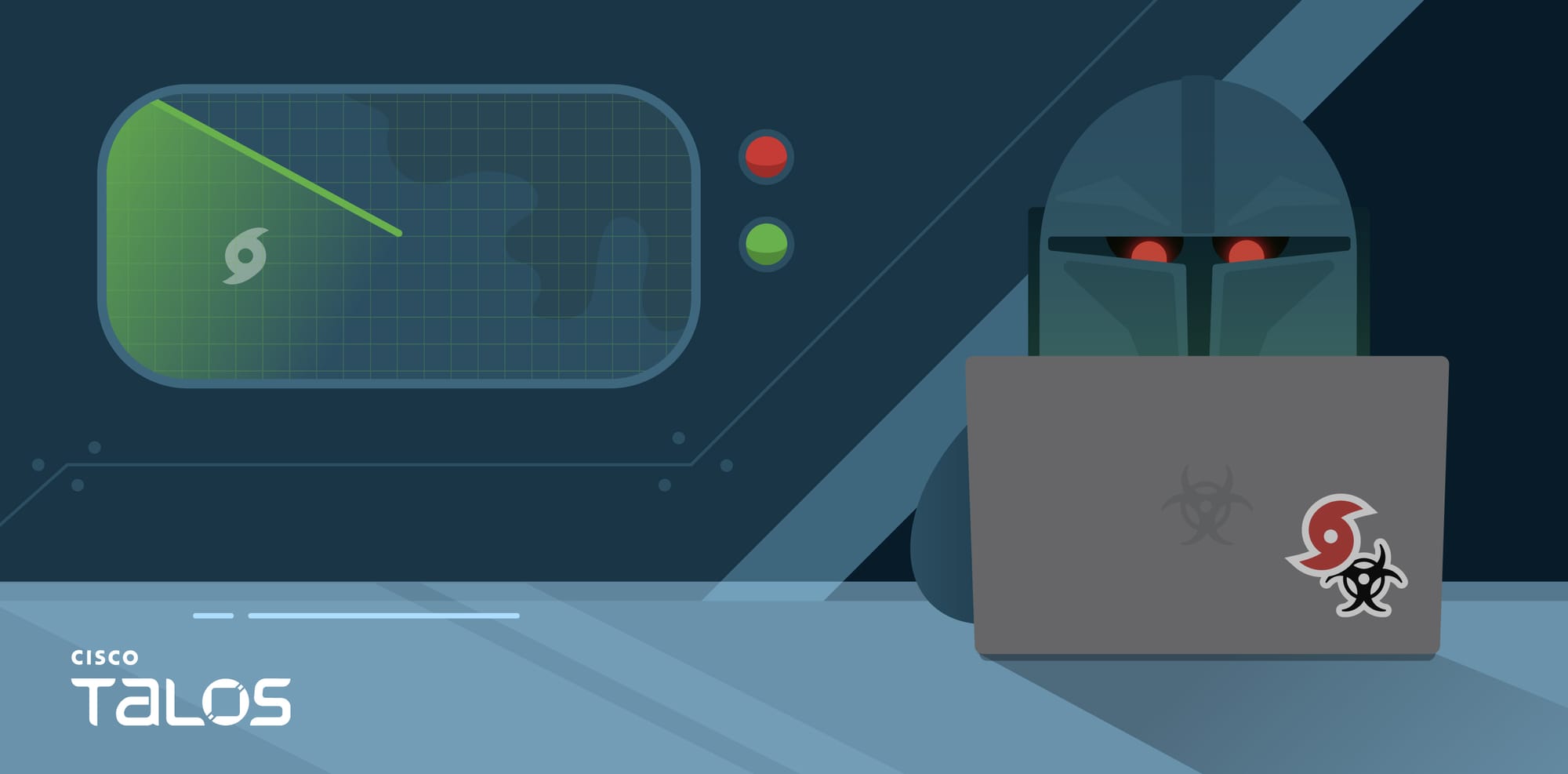
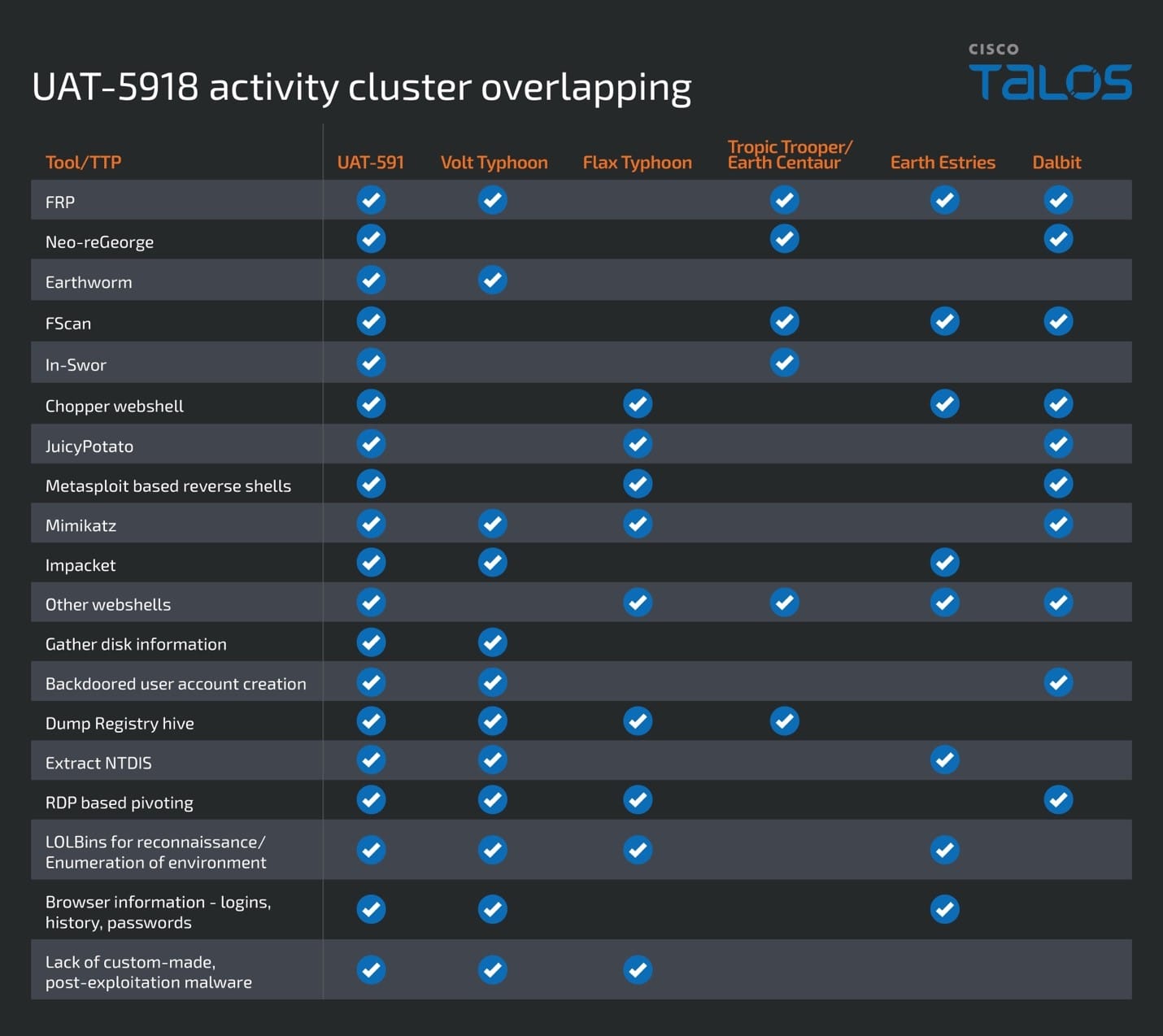
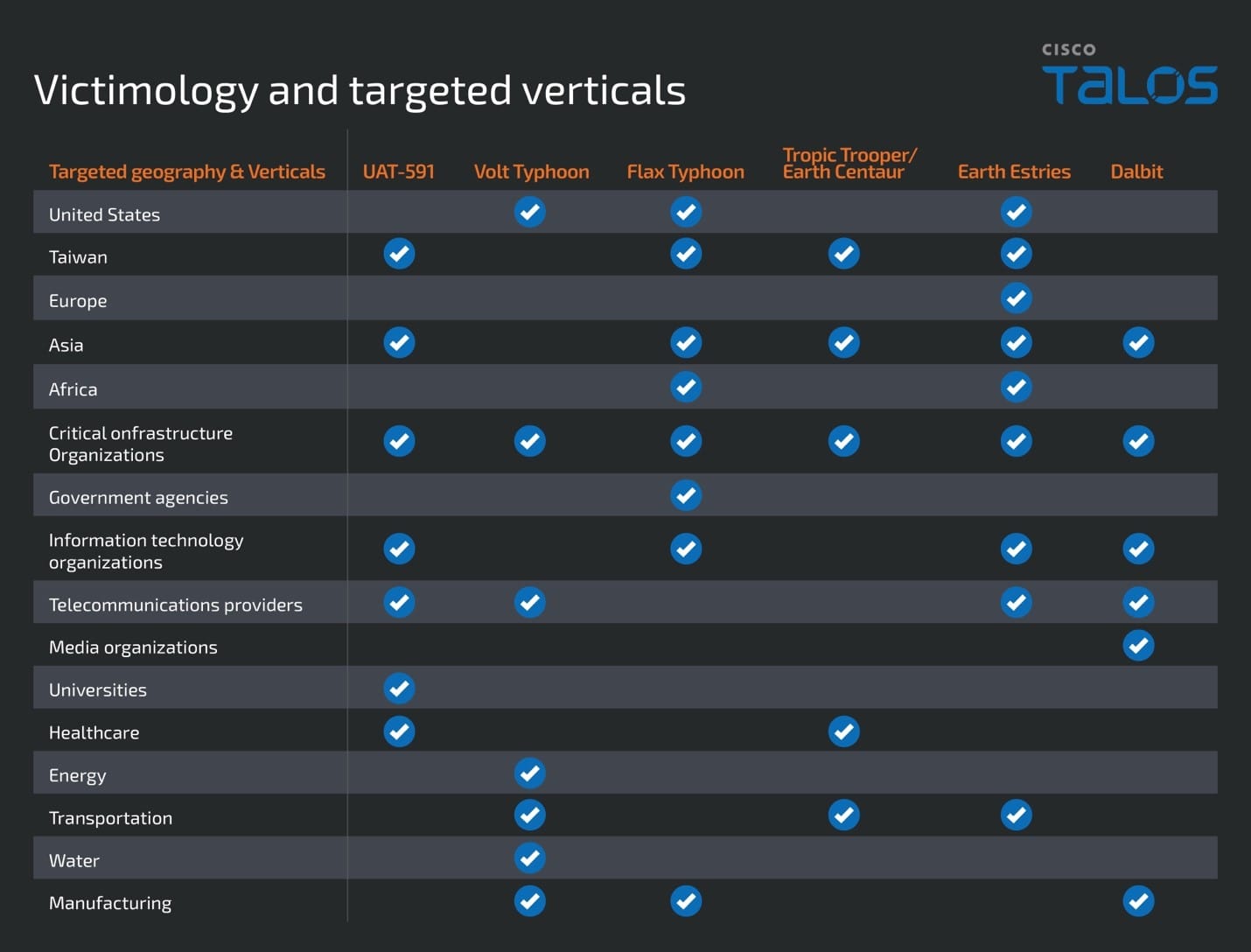
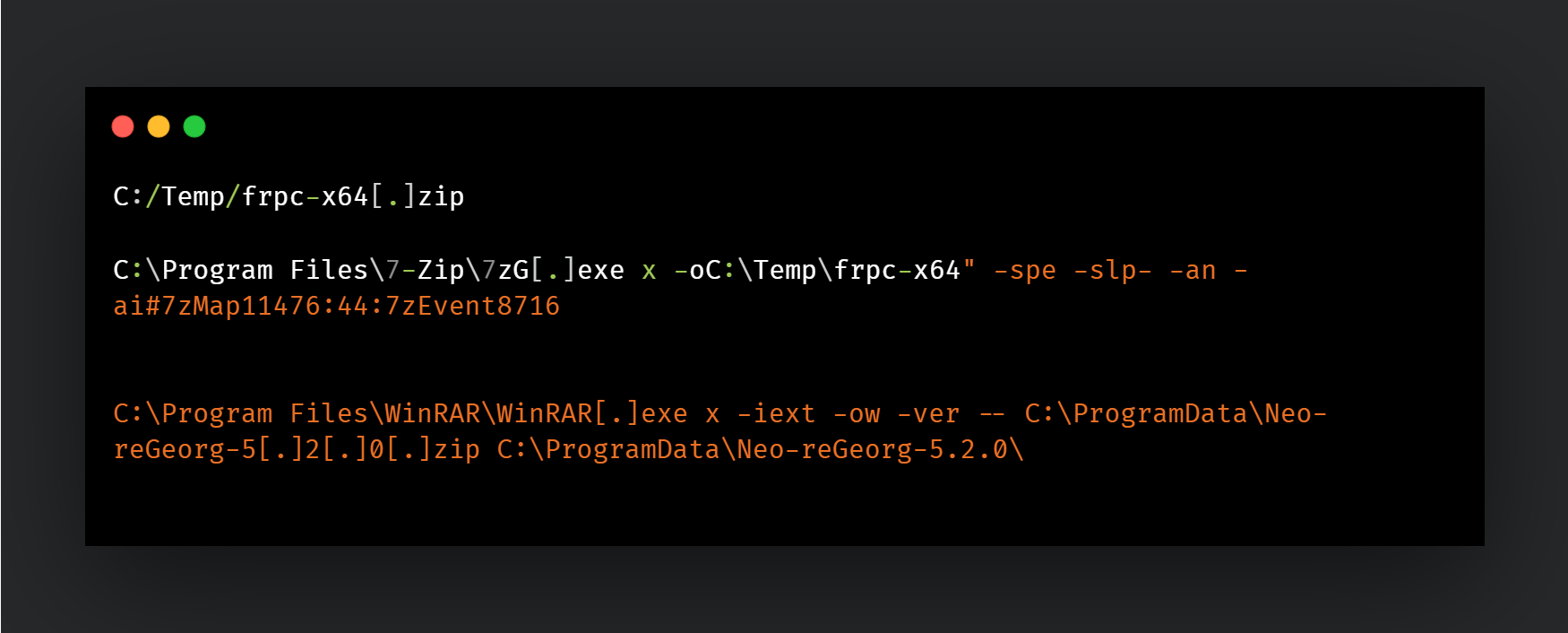

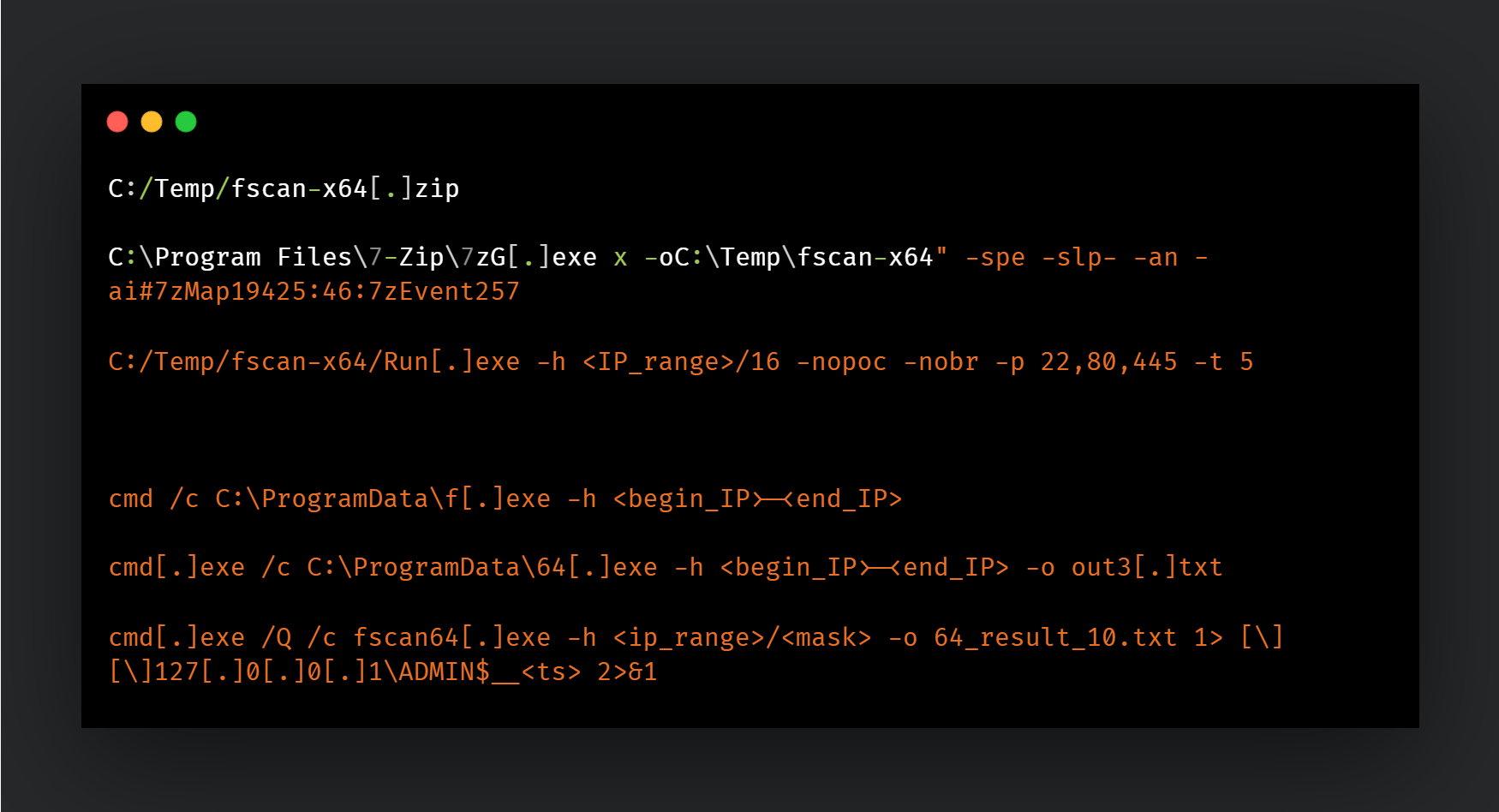

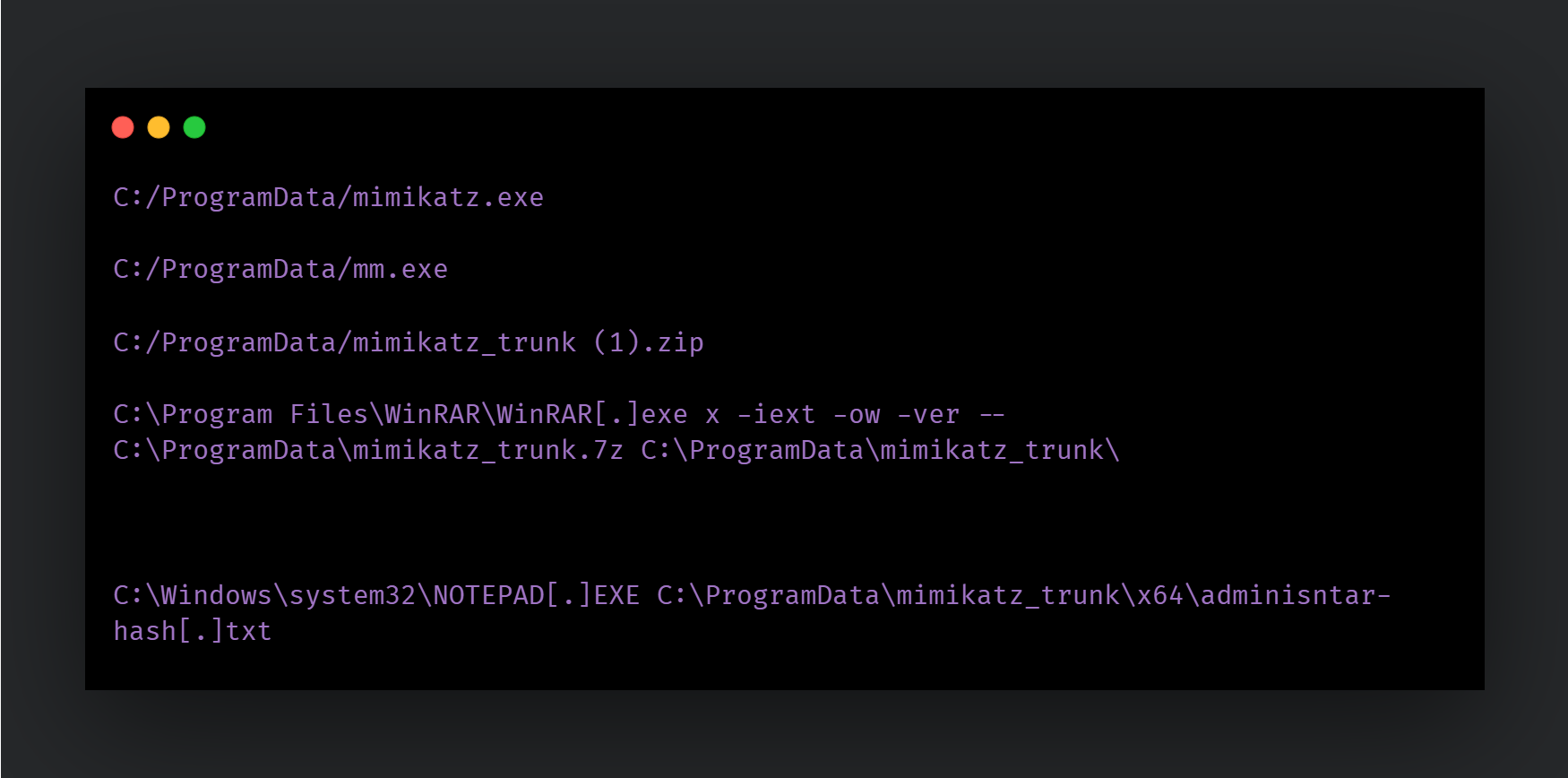



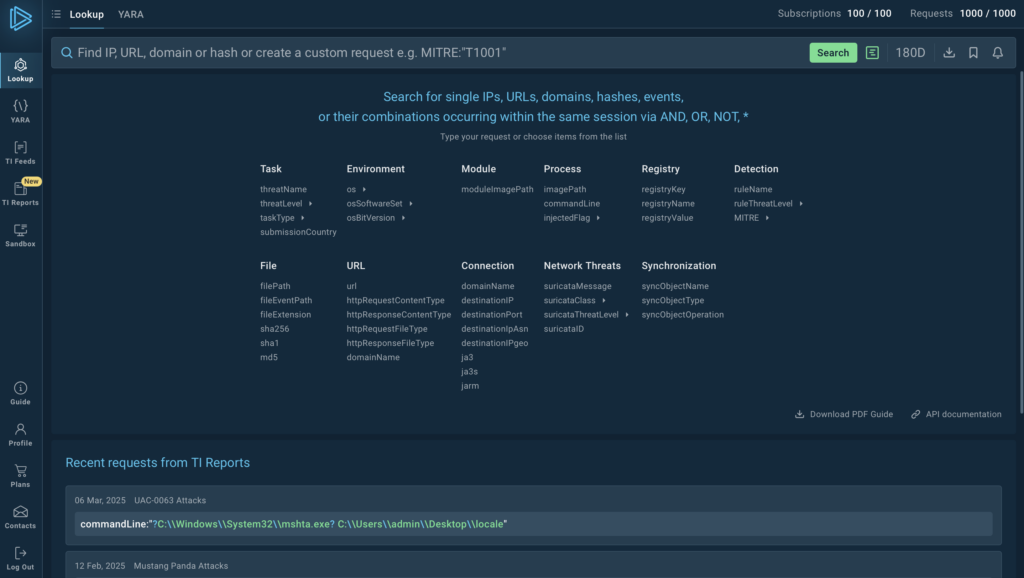

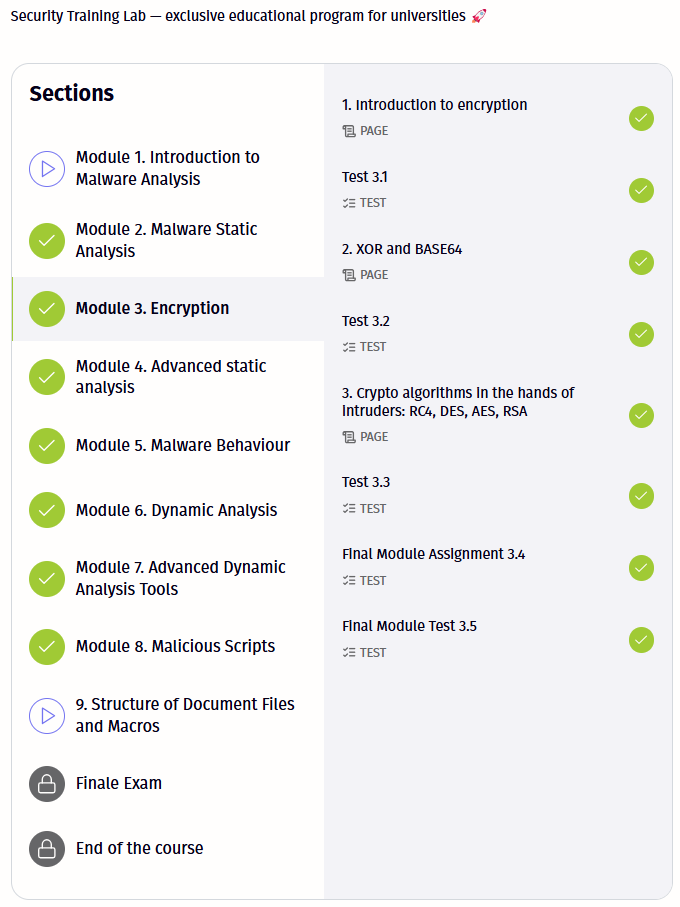
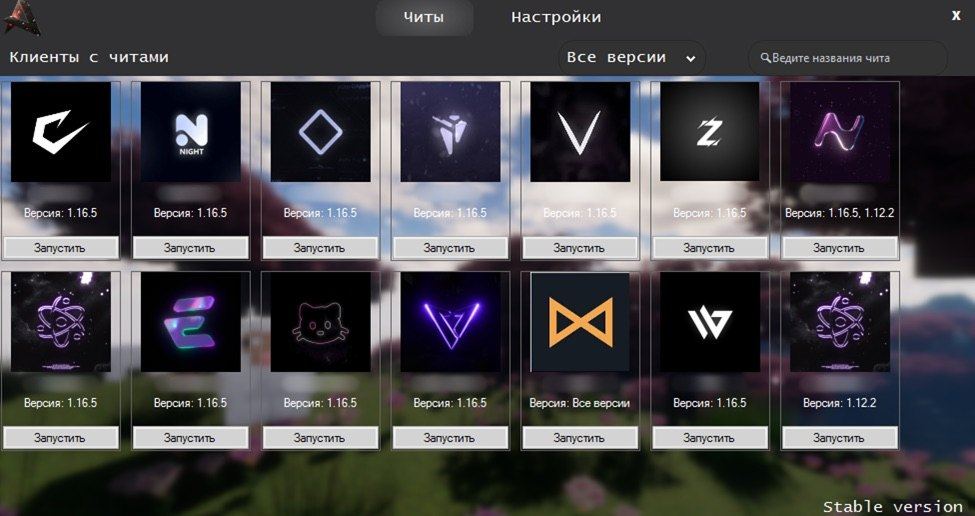
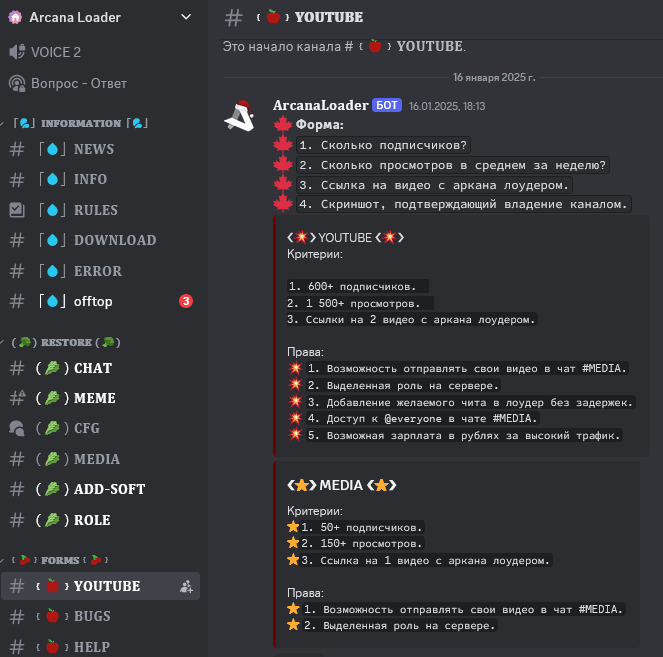

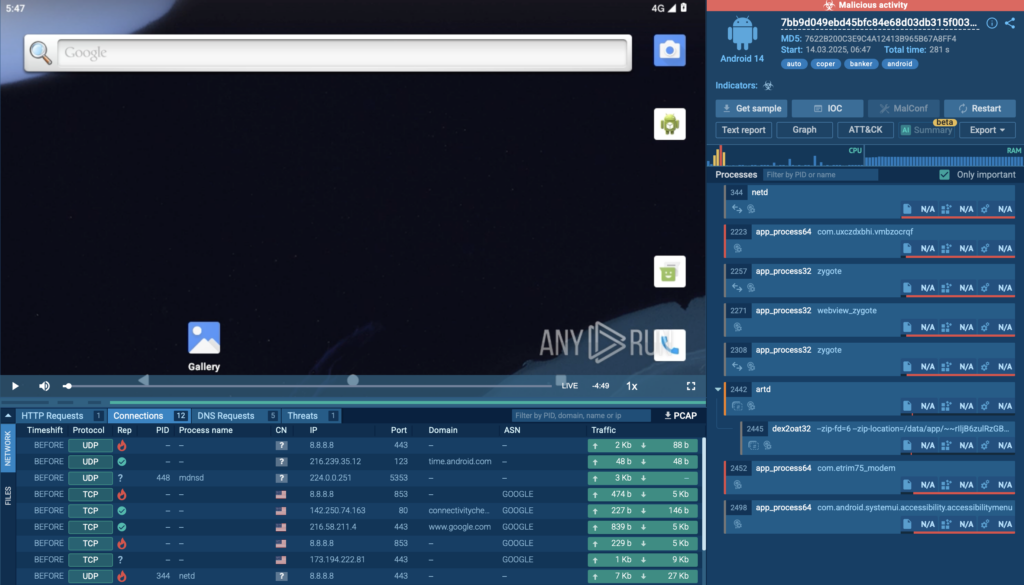
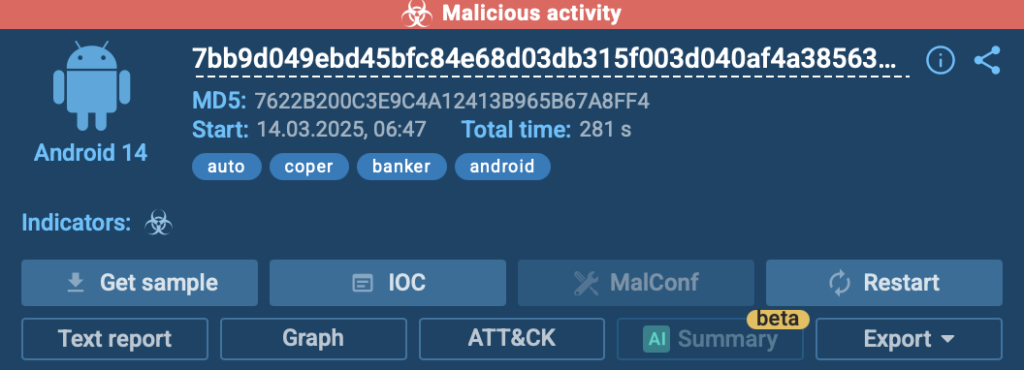
 Opening the malware-infected app and seeing how it behaves
Opening the malware-infected app and seeing how it behaves 